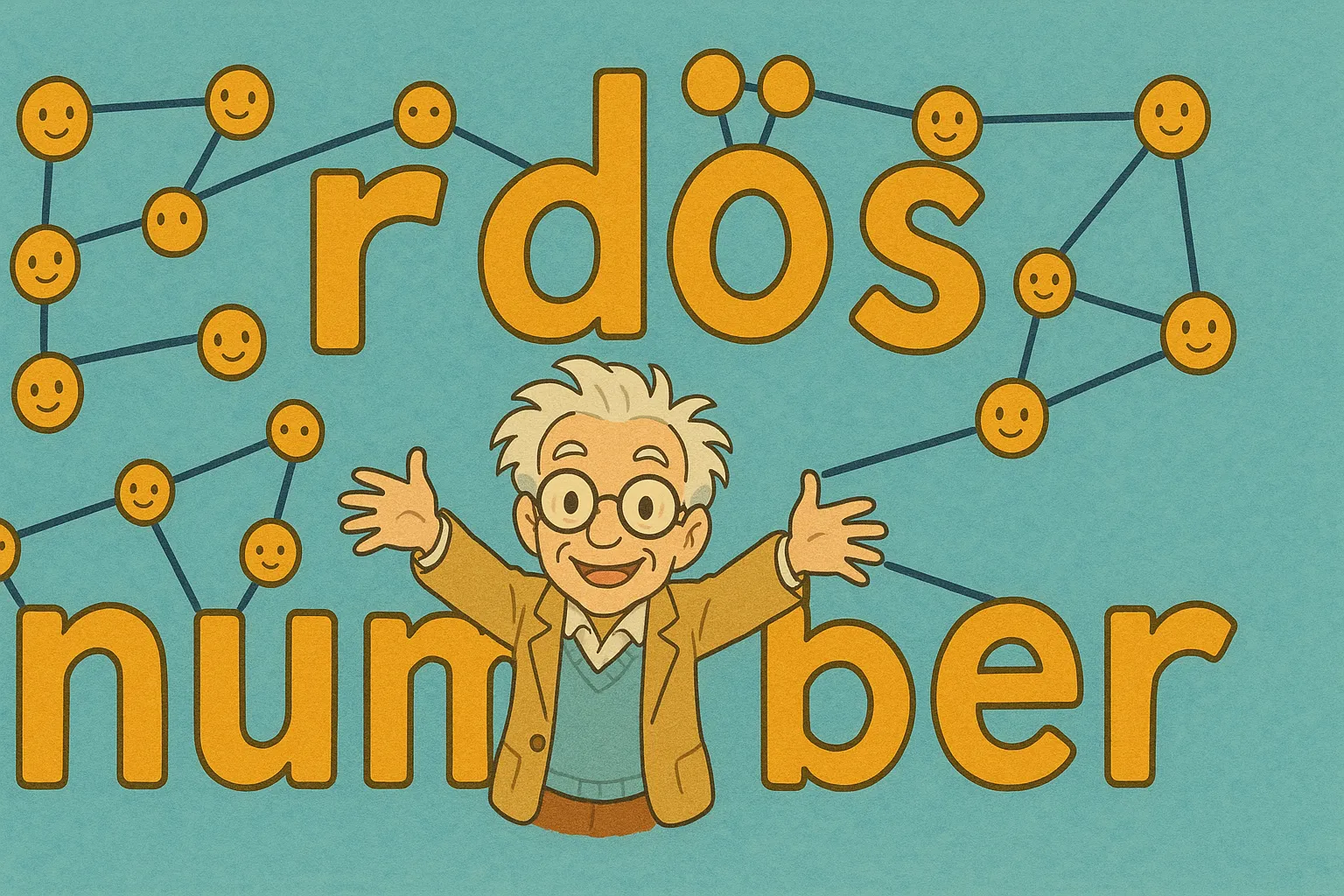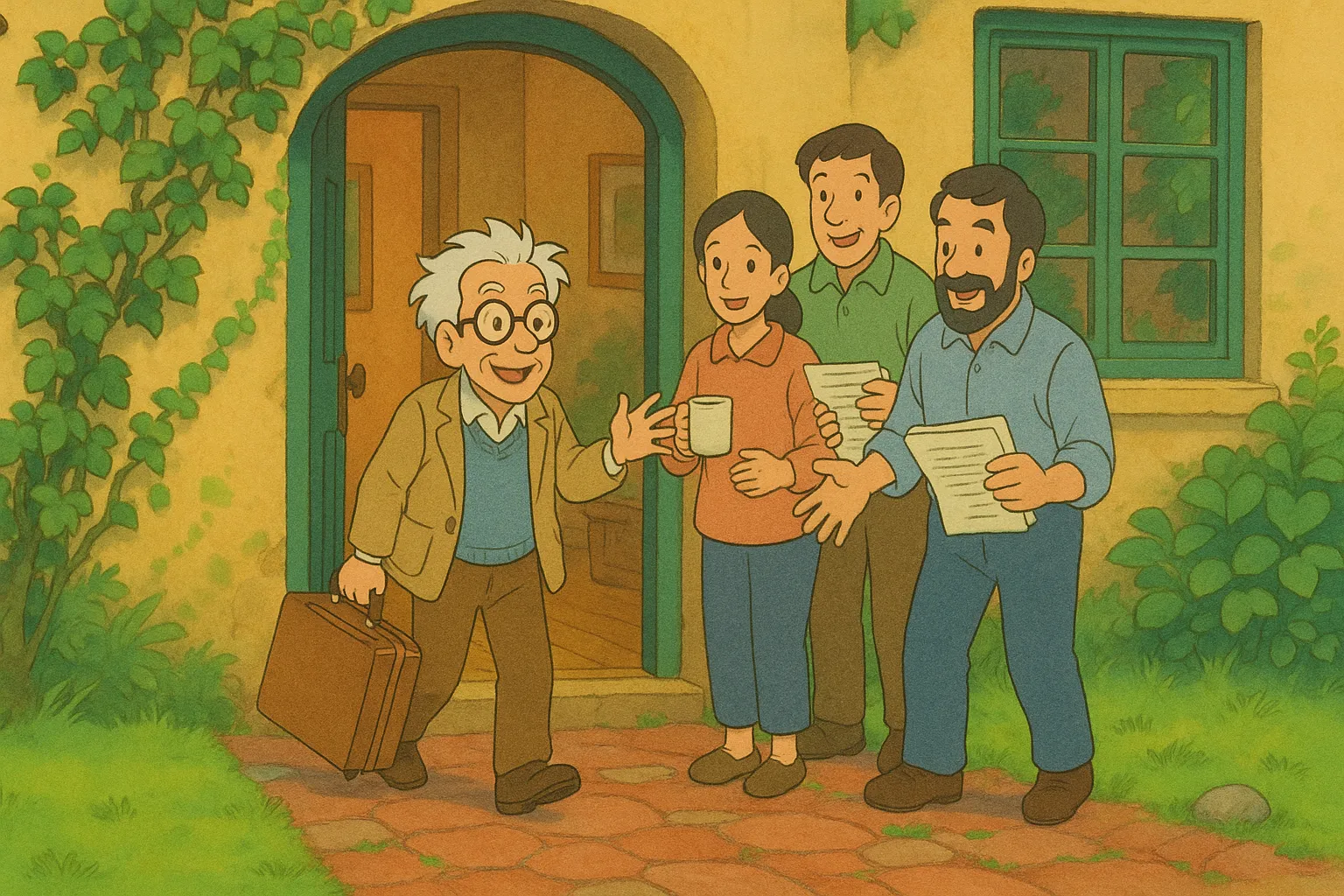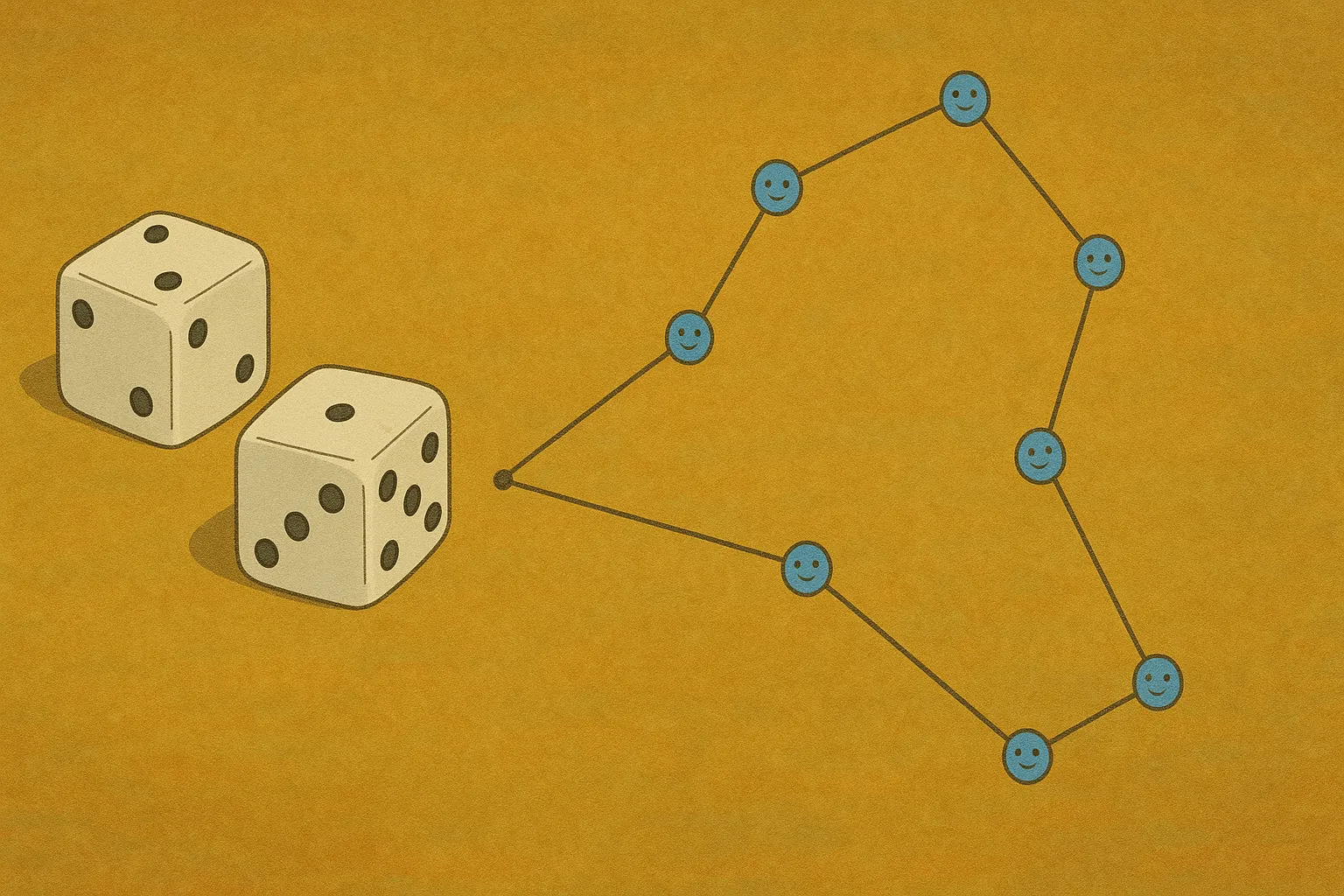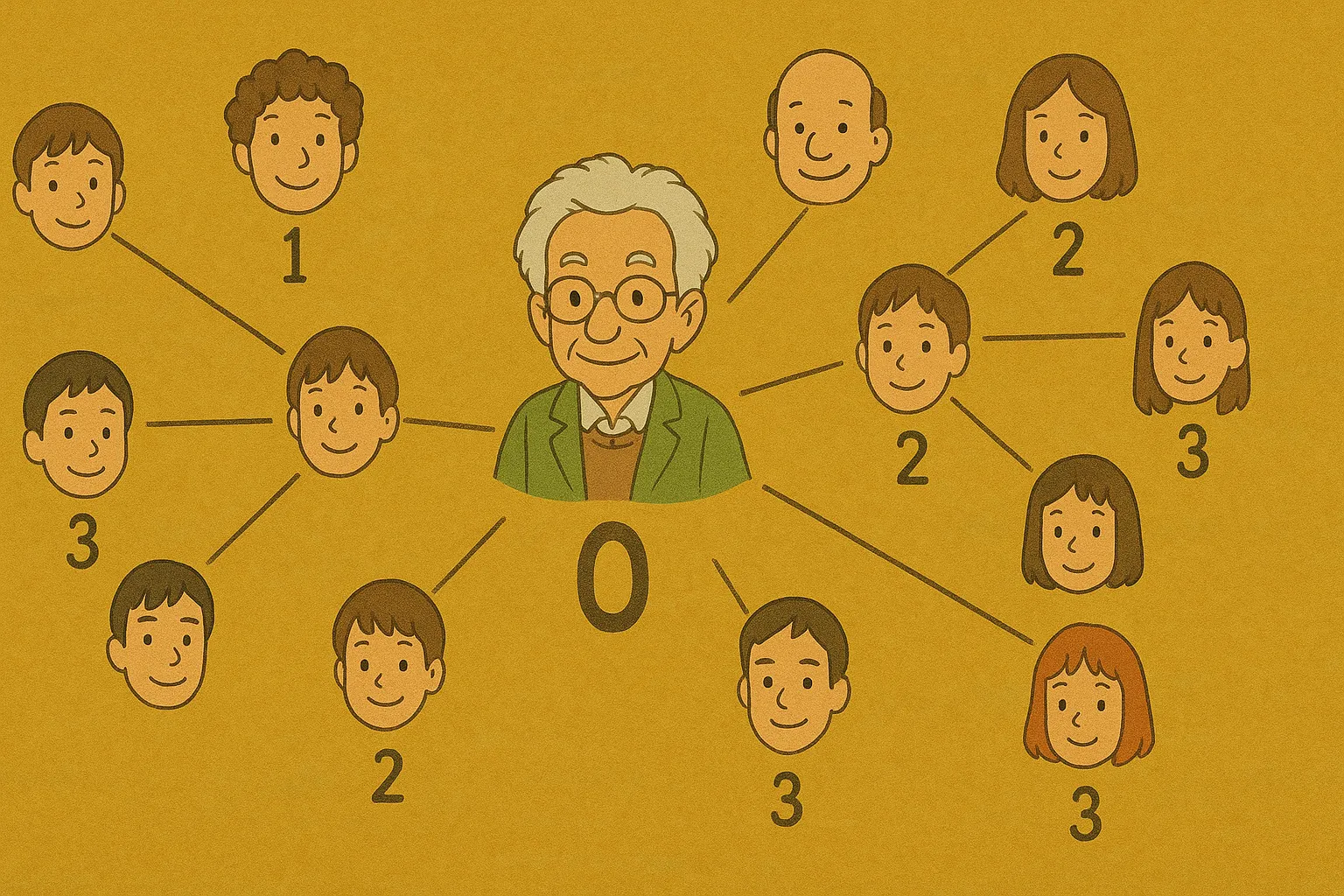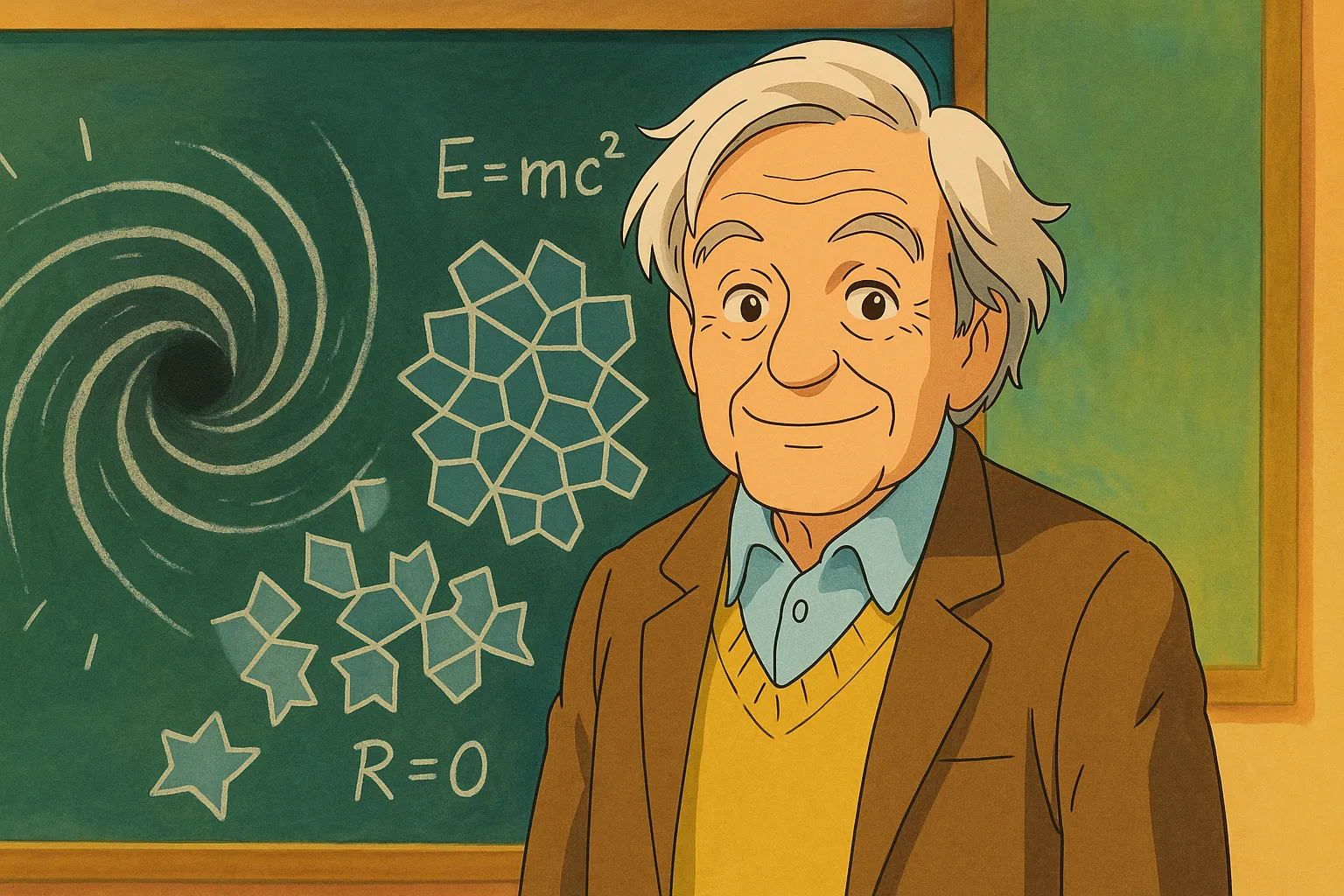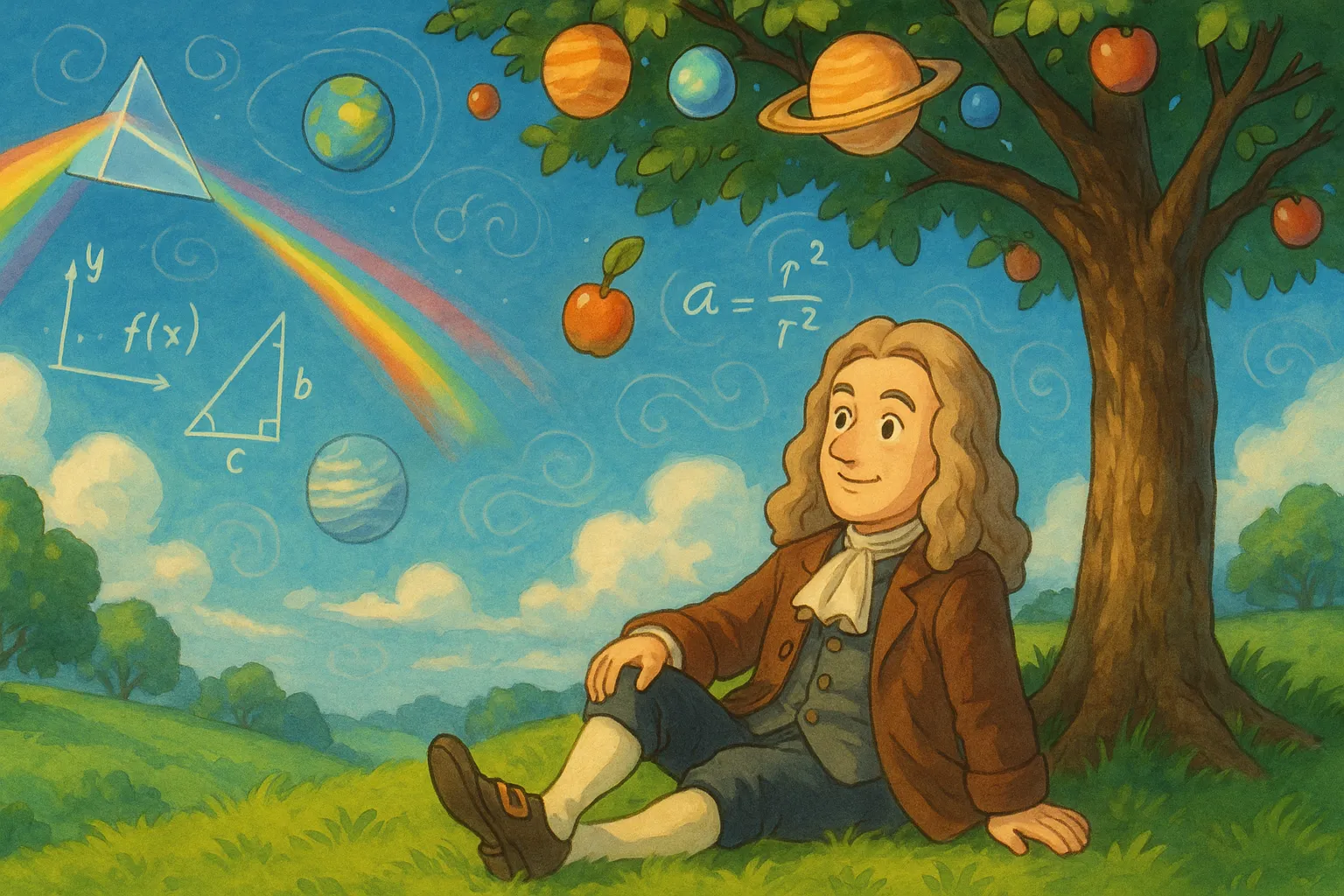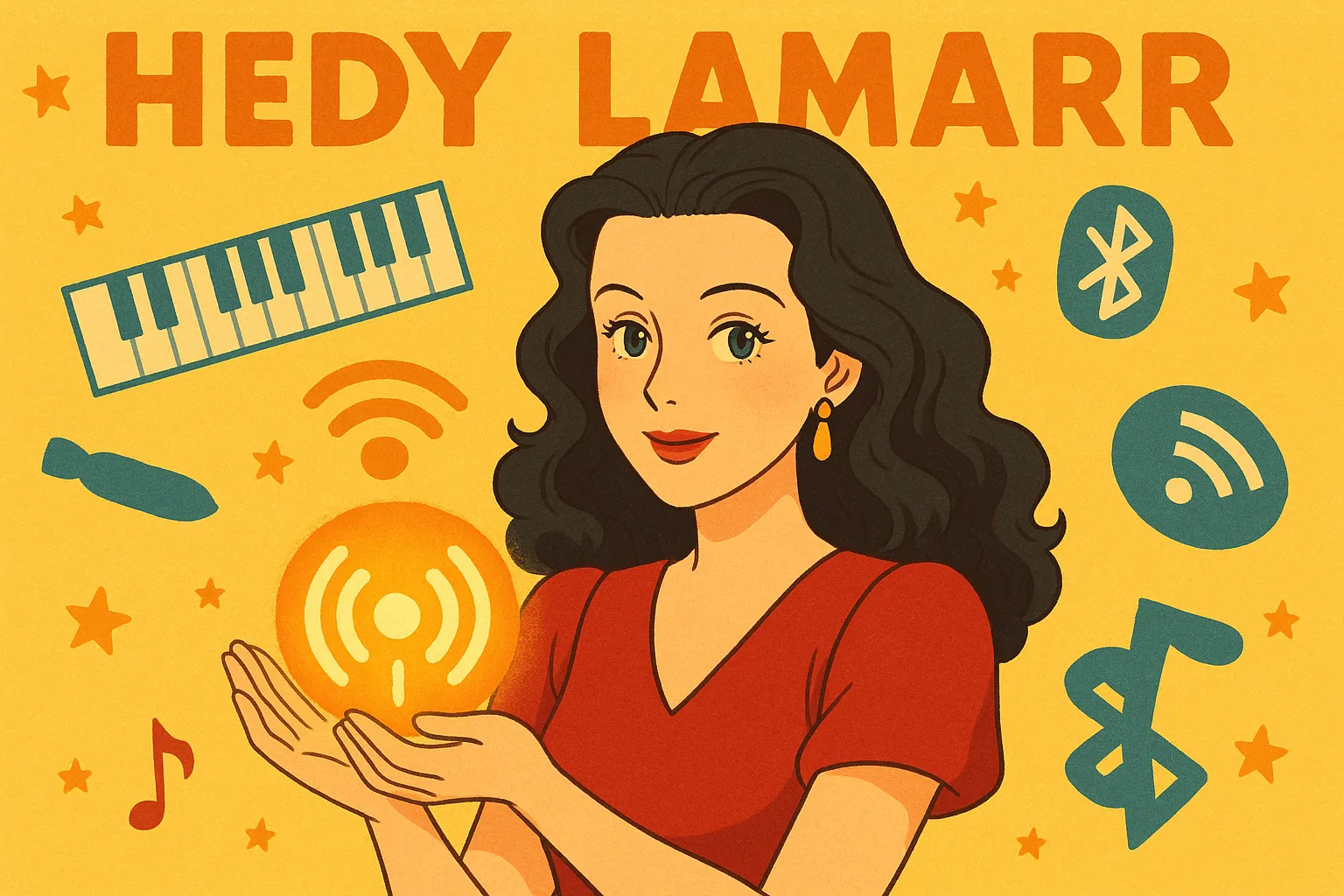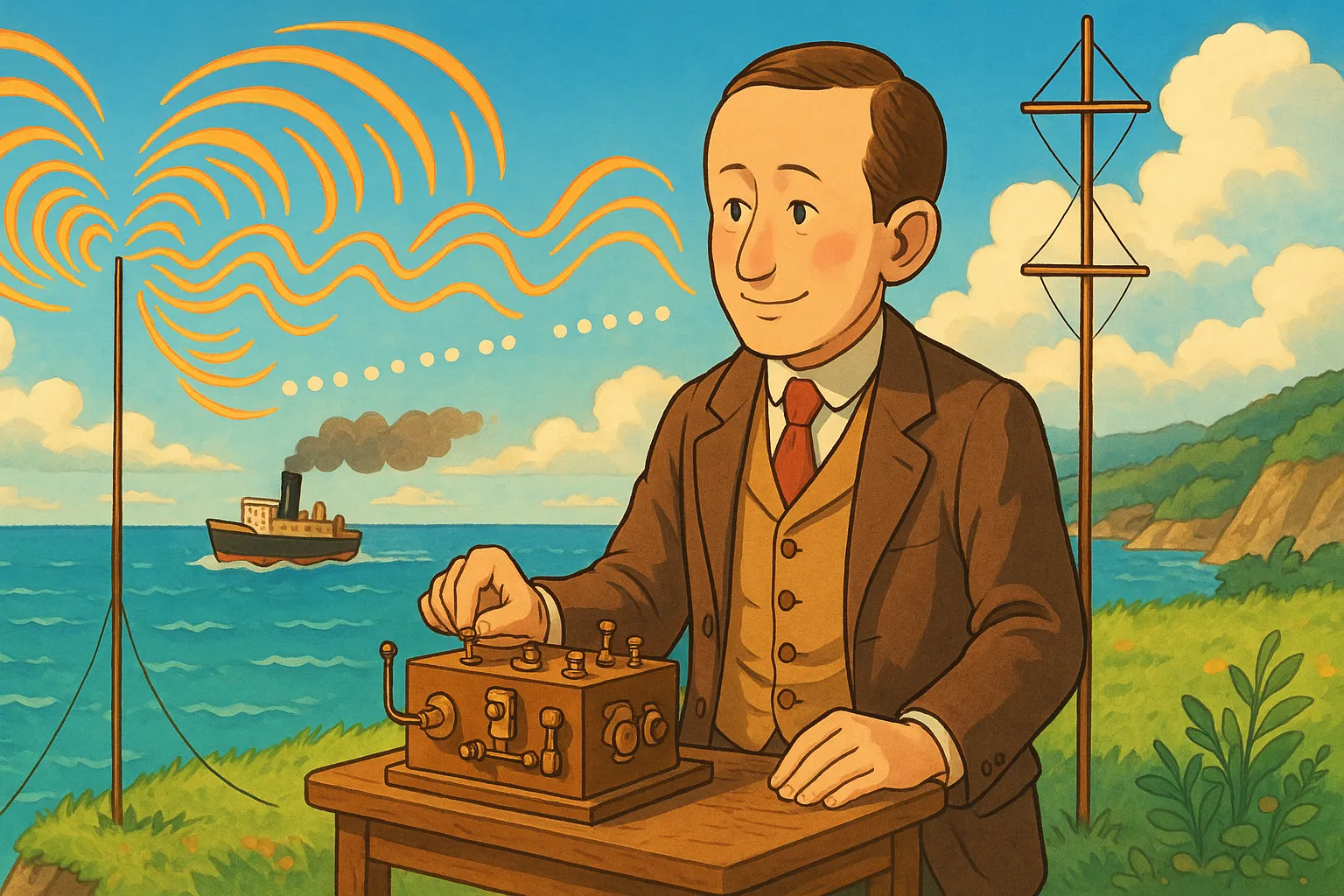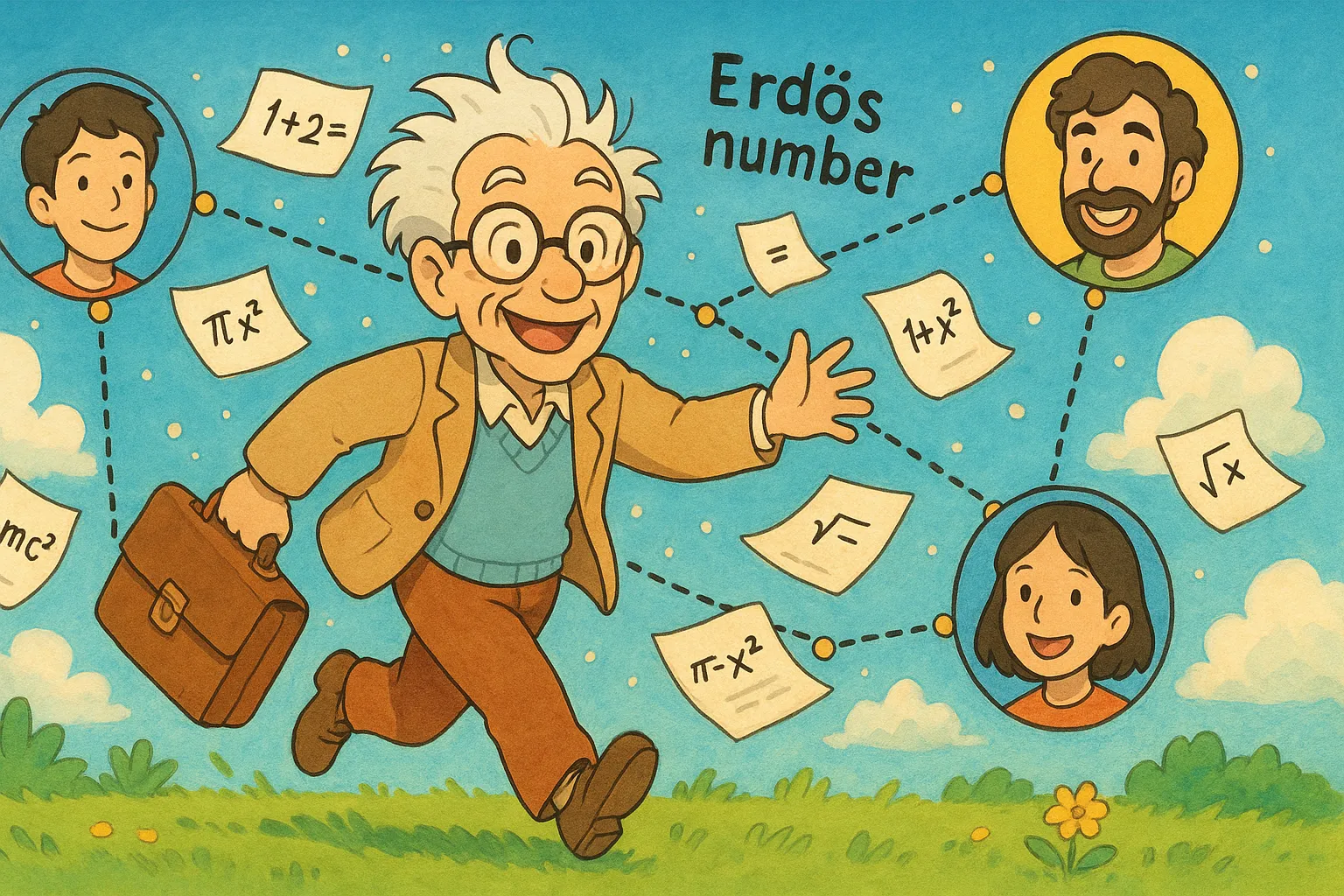
Frequently Asked Questions
What is an Erdős number?
It's a fun way to count how closely someone collaborated with Paul Erdős: he is 0, his coauthors are 1, their coauthors are 2, and so on.
Why did he travel so much?
He enjoyed visiting other mathematicians to work together; he preferred living simply and sharing ideas in person.
What is the probabilistic method?
A clever math trick that uses randomness to show something must exist, even if you don't build it directly.
